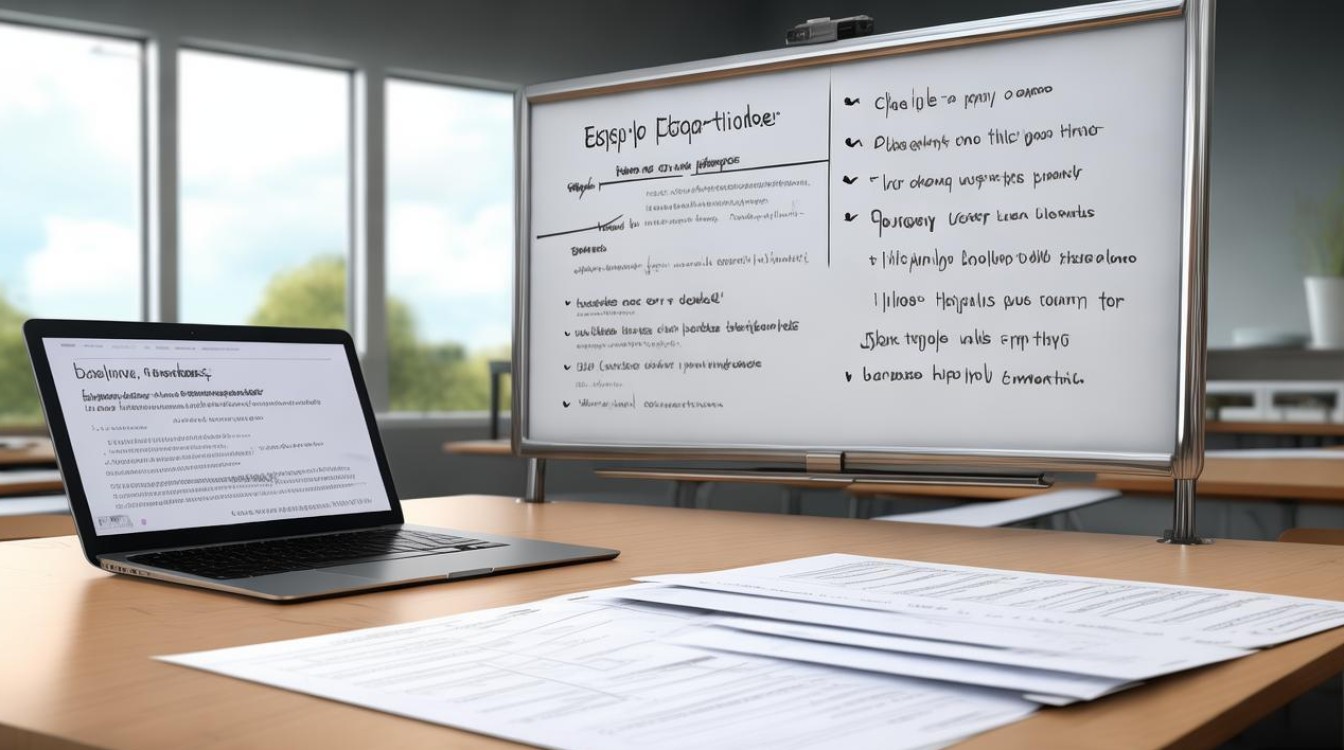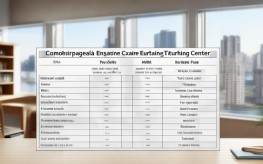英语议论文写作课件
(English Argumentative Essay Writing Courseware)

幻灯片 1: 标题页
Master the Art of Argument: A Guide to Writing a Stellar English Argumentative Essay 掌握论辩的艺术:英语议论文写作指南 图片: 一张展示大脑风暴、辩论或写作过程的图片。 底部信息: Instructor: [Your Name] / Course: [Your Course Name]
幻灯片 2: 课程大纲
What We Will Cover Today 今天我们将学习什么**
- What is an Argumentative Essay? (什么是议论文?)
Definition and Purpose (定义与目的)
- The Core Structure: The 5-Paragraph Essay (核心结构:五段式论文)
Introduction, Body Paragraphs, Conclusion (引言、主体段落、
- Step-by-Step Guide to Writing (分步写作指南)
From Prewriting to Polishing (从构思到润色)
- Essential Language & Phrases (必备语言与句型)
How to sound persuasive (如何做到有说服力)
- Common Pitfalls & How to Avoid Them (常见误区与规避方法)
- Practice & Q&A (练习与问答)
幻灯片 3: What is an Argumentative Essay?
What is an Argumentative Essay? 什么是议论文?**
-
Definition (定义):
- A type of academic writing that requires a student to investigate a topic; collect, generate, and evaluate evidence; and establish a position on the topic in a concise manner.
- 一种学术写作,要求学生研究一个主题,收集、整理和评估证据,并以简洁的方式就主题确立一个立场。
-
Key Purpose (核心目的):
- To persuade (说服): To convince the reader that your opinion is a valid and well-reasoned one.
- To inform (告知): To provide the reader with relevant information and evidence.
- To analyze (分析): To examine different sides of an issue and show why your position is the strongest.
-
It's NOT just an opinion essay!
- It's not just "I think..." or "I feel...". It must be supported by facts, logic, and evidence.
- 它不仅仅是“我认为……”或“我感觉……”,它必须由事实、逻辑和证据来支撑。
幻灯片 4: The Core Structure (The 5-Paragraph Essay)
The Blueprint: The 5-Paragraph Essay 蓝图:五段式论文结构**
-
Paragraph 1: Introduction (引言段)
- Hook (钩子)
- Background Information (背景信息)
- Thesis Statement (中心论点)
-
Paragraph 2: Body Paragraph 1 (主体段 1)
- Topic Sentence (主题句)
- Supporting Point 1 + Evidence & Explanation (论点1 + 证据 + 解释)
-
Paragraph 3: Body Paragraph 2 (主体段 2)
- Topic Sentence (主题句)
- Supporting Point 2 + Evidence & Explanation (论点2 + 证据 + 解释)
-
Paragraph 4: Body Paragraph 3 (主体段 3)
- Topic Sentence (主题句)
- Supporting Point 3 + Evidence / Counter-argument + Refutation (论点3 / 反驳观点 + 反驳)
-
Paragraph 5: Conclusion (结论段)
- Restate Thesis (重申中心论点)
- Summarize Main Points (总结主要论点)
- Concluding Statement (最终陈述)
幻灯片 5: Deep Dive - The Introduction
Part 1: Writing a Powerful Introduction 第一部分:写出有力的引言**
-
The Hook (钩子): Grab the reader's attention in the first sentence.
- Question: "Should students be required to wear school uniforms?"
- Statistic/Fact: "According to a recent study, schools with dress codes report a 20% decrease in disciplinary issues."
- Quotation: "As the famous educator John Dewey once said, 'Education is not preparation for life; education is life itself.'"
- Short Story/Anecdote: "Imagine a student waking up in the morning, not dreading what to wear, but excited about the day's learning."
-
Background Information (背景信息): Provide context for your topic. 2-3 sentences.
Briefly introduce the debate surrounding school uniforms.
-
Thesis Statement (中心论点): The most important sentence in your essay. It states your position and your main reasons.
- Formula: [Your Position] because [Reason 1], [Reason 2], and [Reason 3].
- Example: "School uniforms should be mandatory in all public schools because they promote equality, reduce distractions, and foster a stronger sense of school community."
幻灯片 6: Deep Dive - The Body Paragraphs
Part 2: Building Strong Body Paragraphs 第二部分:构建坚实的主体段落**
-
The "PEE" or "TEA" Structure:
- P / T - Point (Topic Sentence): State the main idea of the paragraph. (一个观点)
- E - Evidence/Example: Provide specific facts, statistics, examples, or quotations to support your point. (提供证据)
- E - Explanation/Analysis: Explain HOW the evidence proves your point. Connect the evidence back to your topic sentence and thesis. (进行分析)
-
Example:
- (Point) First and foremost, school uniforms promote a sense of equality among students.
- (Evidence) In a uniform environment, students from different socioeconomic backgrounds are less likely to be judged or bullied based on their clothing. A 2025 study by the National Association of Secondary School Principals found that 86% of teachers observed a decrease in social stratification in schools with uniform policies.
- (Explanation) This demonstrates that uniforms act as a great equalizer, shifting the focus from material wealth to academic and personal achievement, which is the true purpose of education.
幻灯片 7: Deep Dive - The Conclusion
Part 3: Crafting a Memorable Conclusion 第三部分:打造令人印象深刻的结论**
-
Do NOT introduce new information! (不要引入新信息!)
-
Your job is to wrap up, not surprise. (你的工作是收尾,而不是制造惊喜。)
-
Step 1: Restate Thesis (重申中心论点)
- Paraphrase your thesis statement using different words.
- Original: "School uniforms should be mandatory... because they promote equality, reduce distractions, and foster a stronger sense of school community."
- Paraphrased: "Therefore, implementing a mandatory uniform policy is a crucial step towards creating a more focused, equitable, and unified learning environment."
-
Step 2: Summarize Main Points (总结主要论点)
- Briefly remind the reader of your supporting arguments.
- "By minimizing social pressures, enhancing concentration in class, and building collective identity, uniforms offer clear benefits."
-
Step 3: Concluding Statement (最终陈述)
- End with a final thought, a call to action, or a look to the future.
- "Ultimately, the investment in school uniforms is an investment in the future success and well-being of every student."
幻灯片 8: Essential Language & Phrases
Persuasive Language: Your Toolbox 有说服力的语言:你的工具箱**
-
Stating Your Opinion (陈述观点):
- It is clear that... / There is no doubt that...
- I firmly believe that... / I am convinced that...
- The primary issue is... / The crux of the matter is...
-
Adding Supporting Points (添加支持论点):
- Furthermore / Moreover / In addition
- Not only... but also...
- Equally important...
-
Showing Contrast (显示对比):
- However / On the other hand / In contrast
- While some people argue..., others maintain that...
- Admittedly... / It is true that... but...
-
Concluding (:
- In conclusion / To sum up / In summary
- All in all / Ultimately / Therefore / Thus / Consequently
幻灯片 9: Common Pitfalls & How to Avoid Them
What NOT to Do: Common Mistakes 切勿这样做











